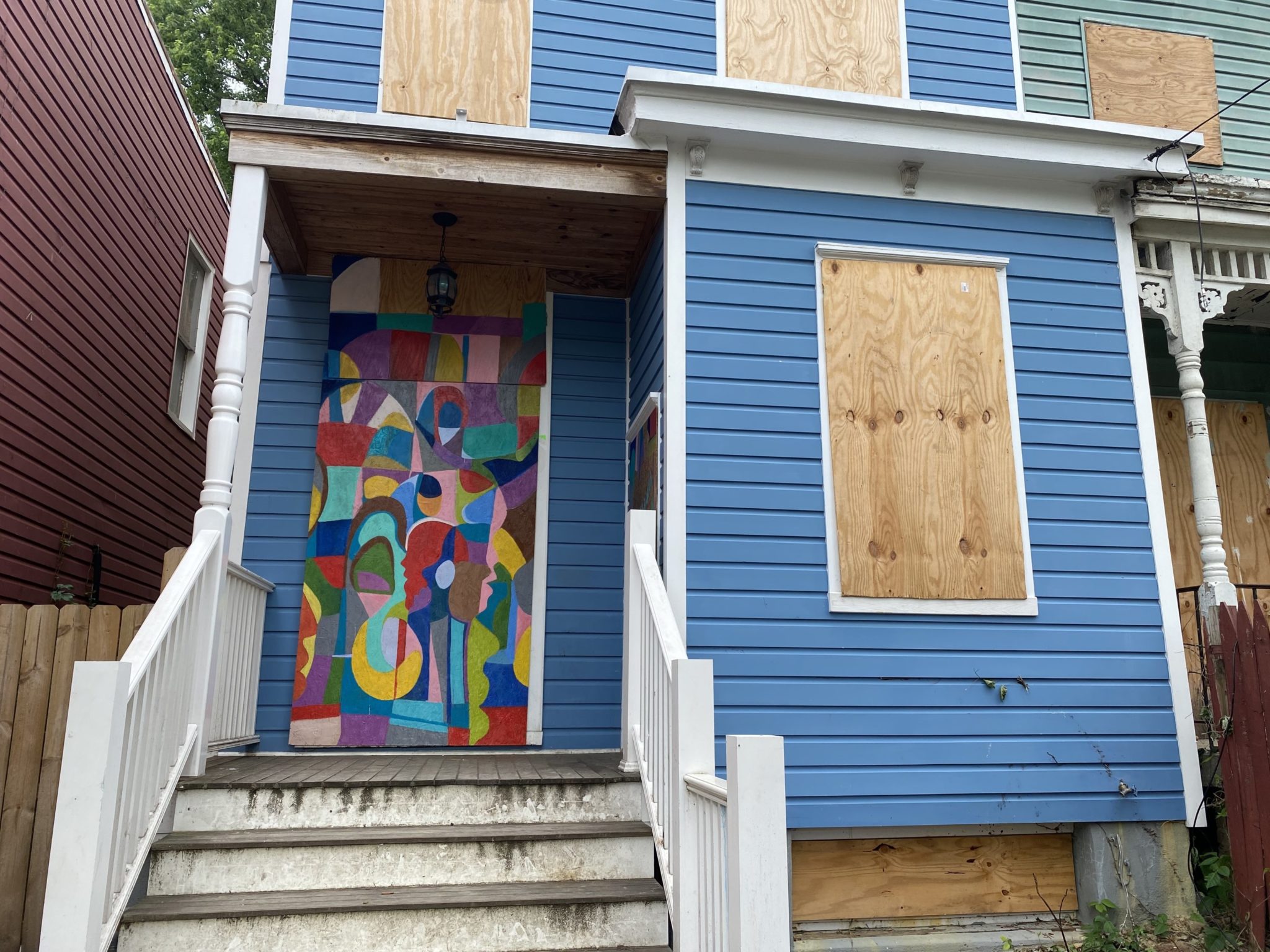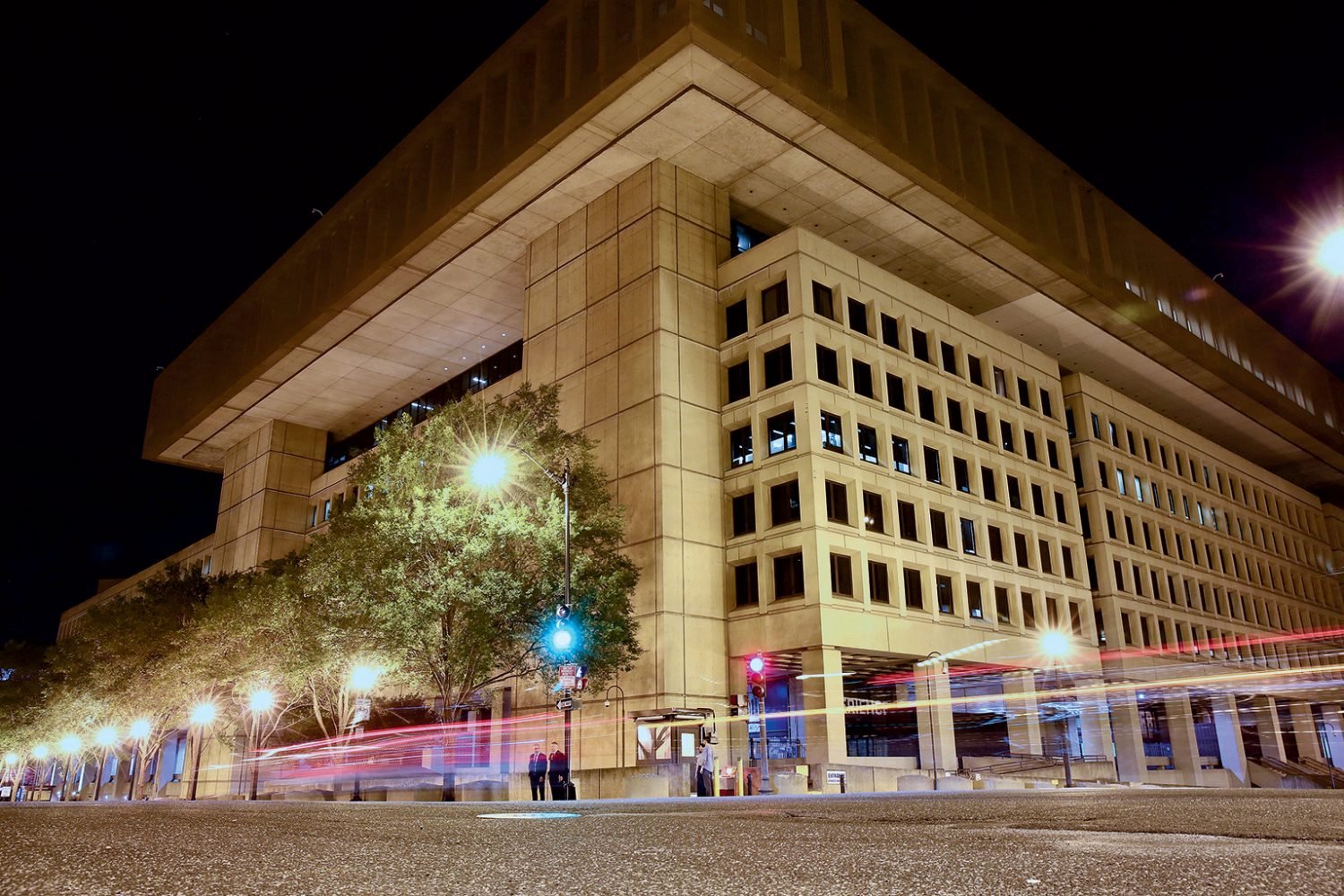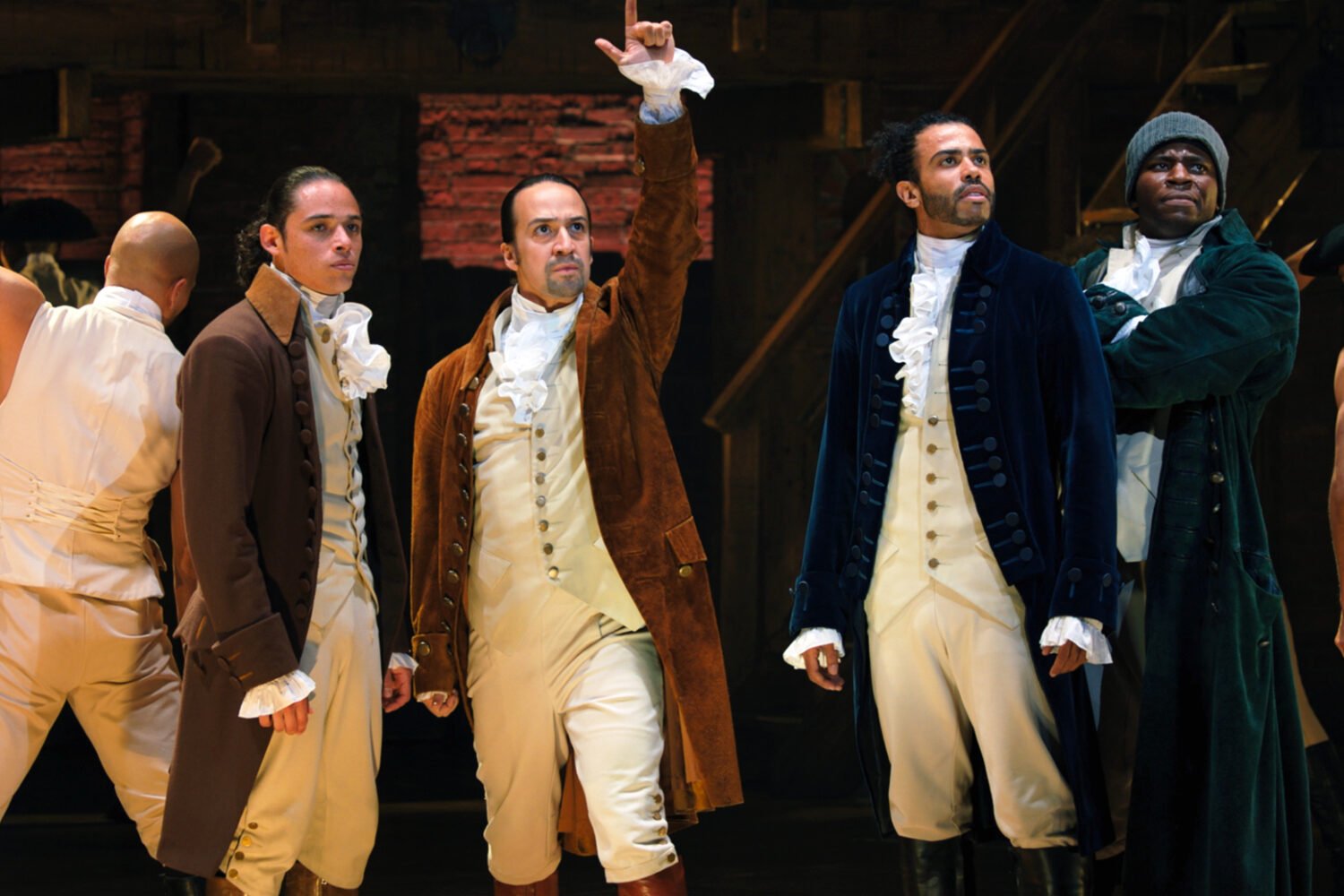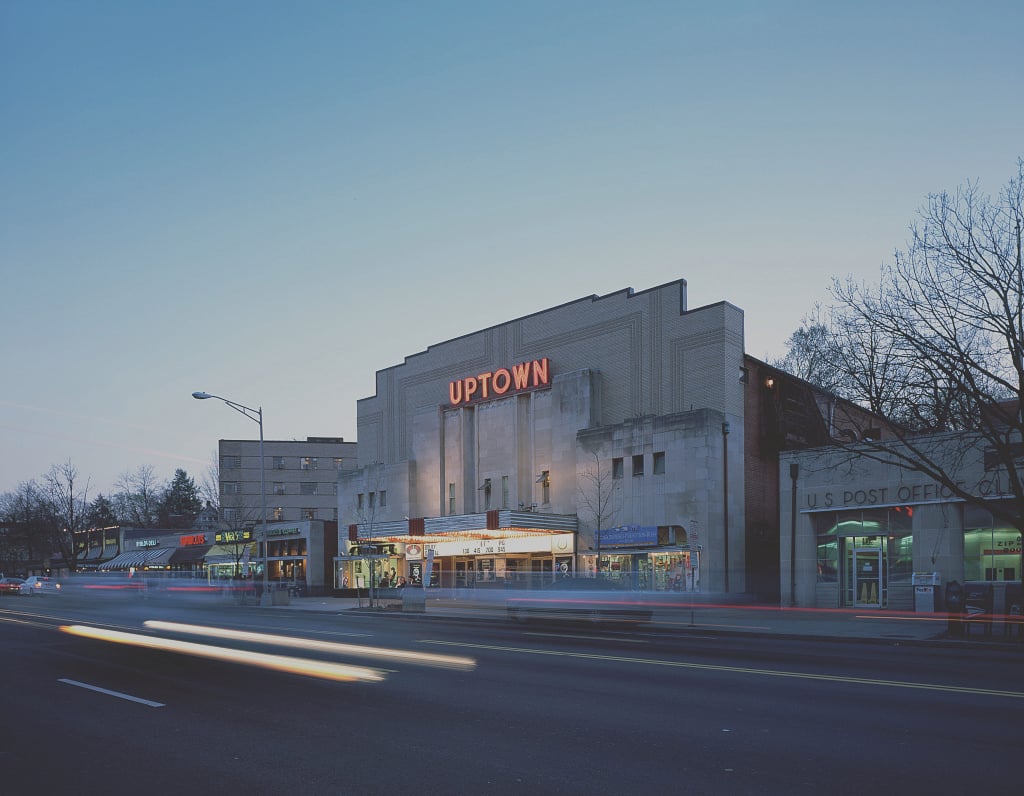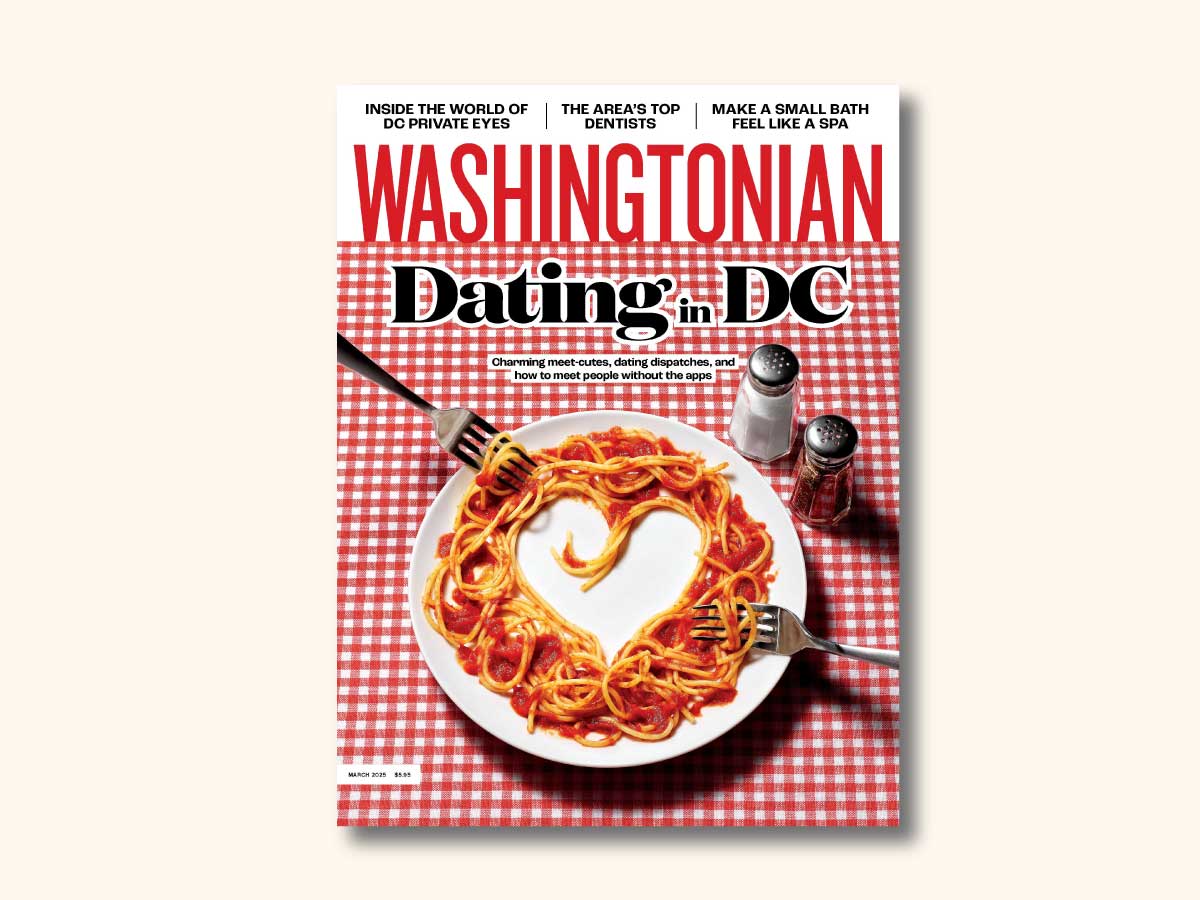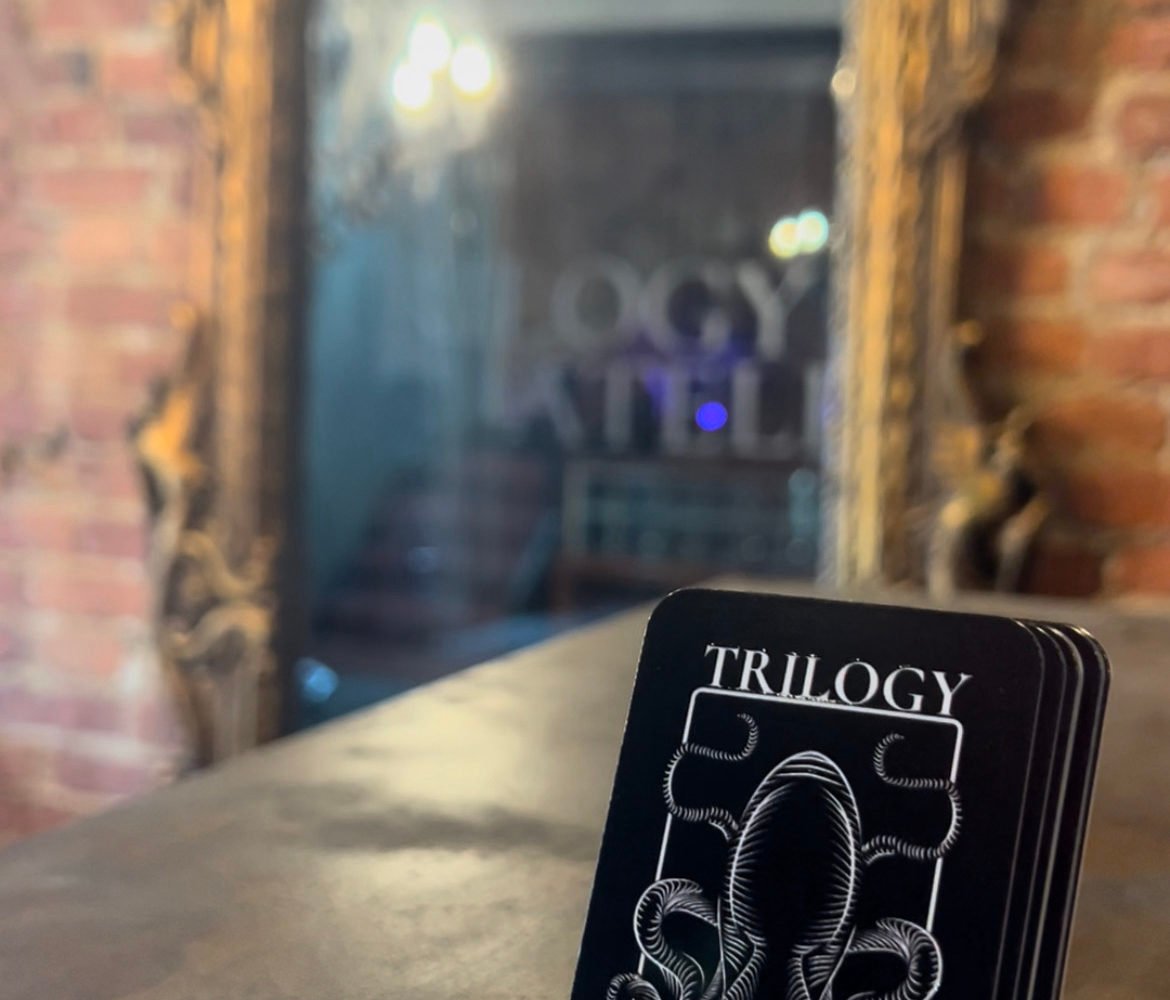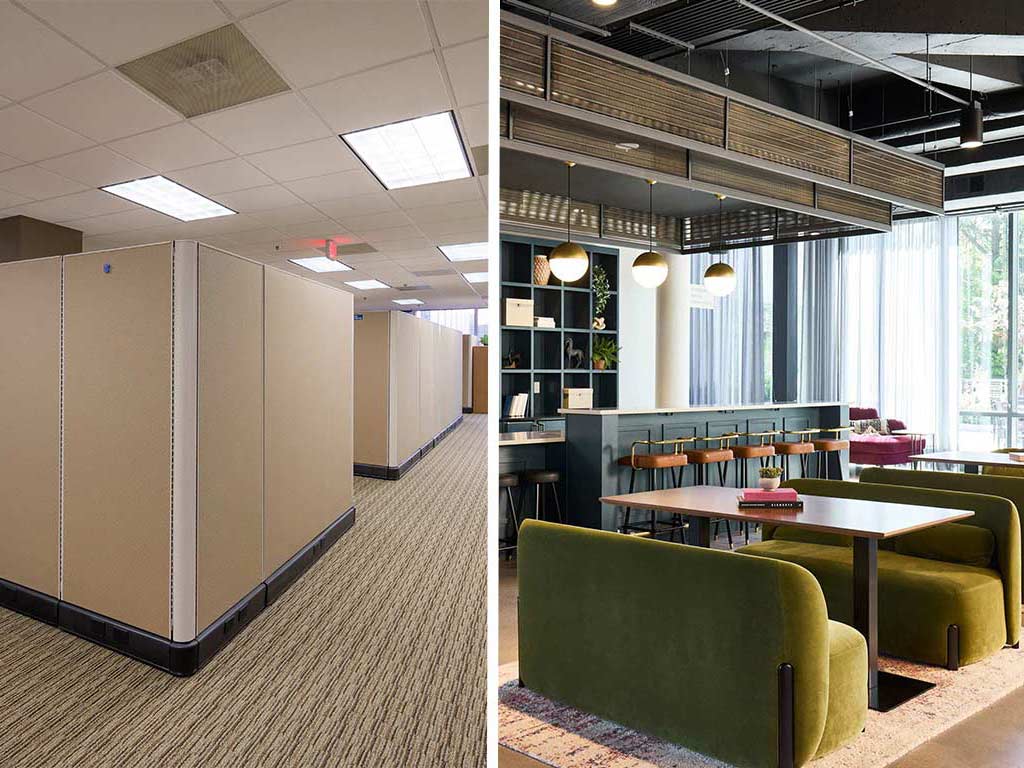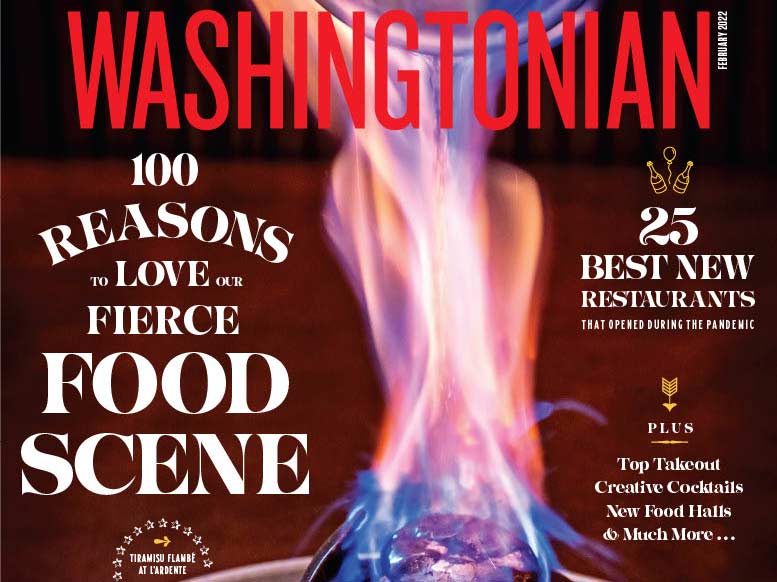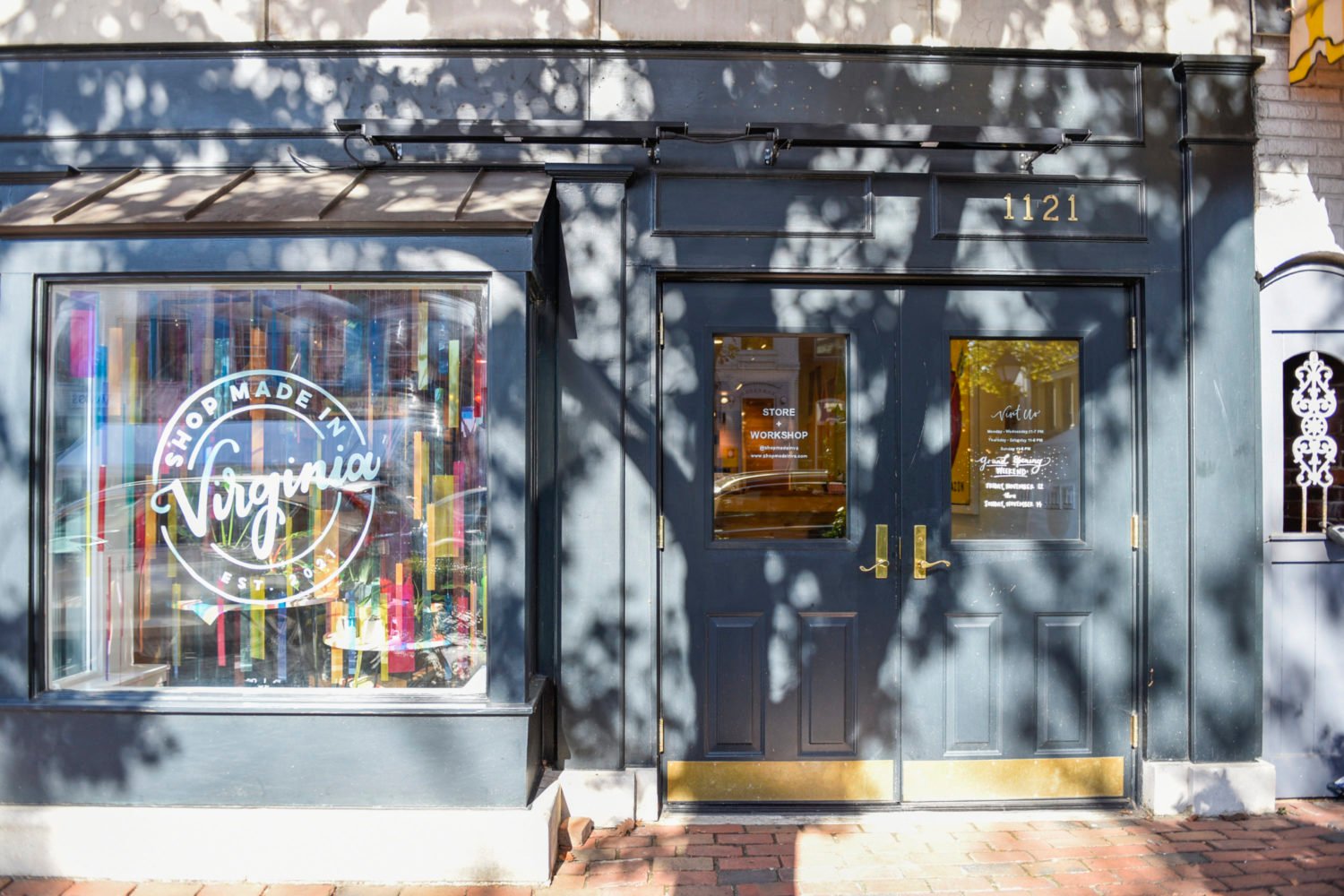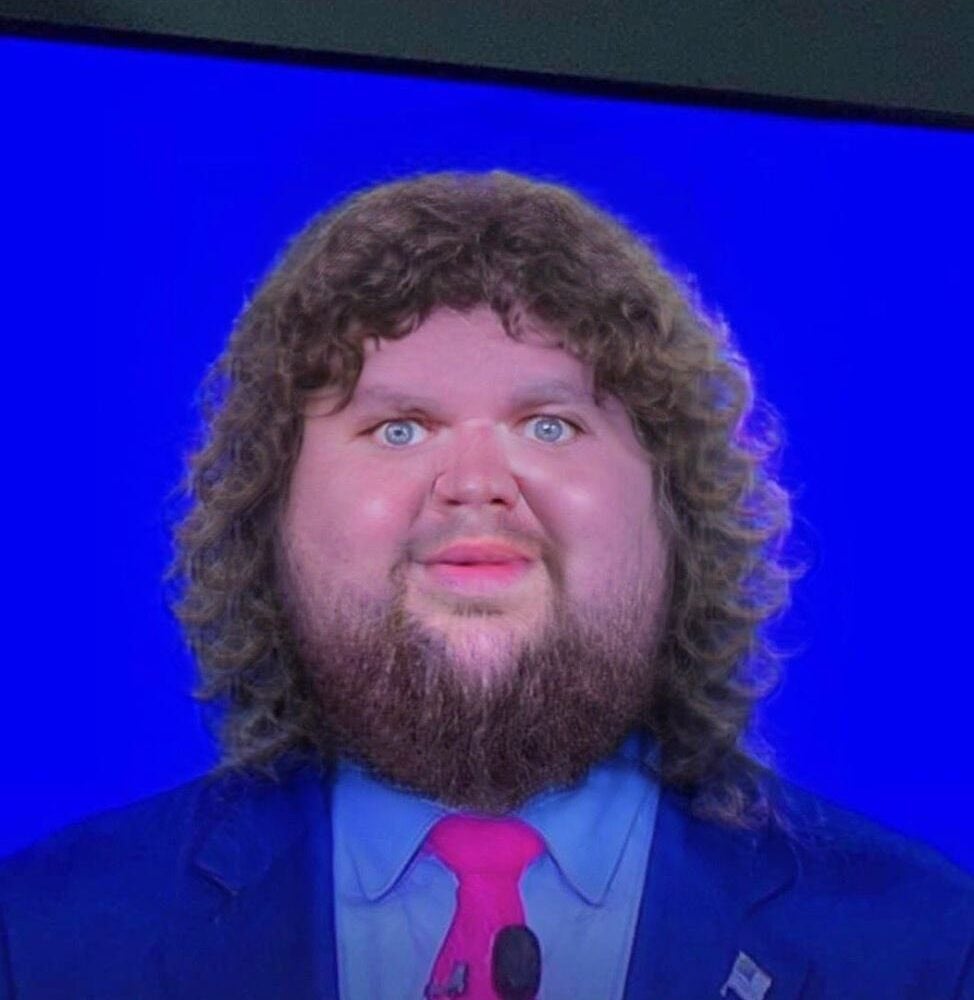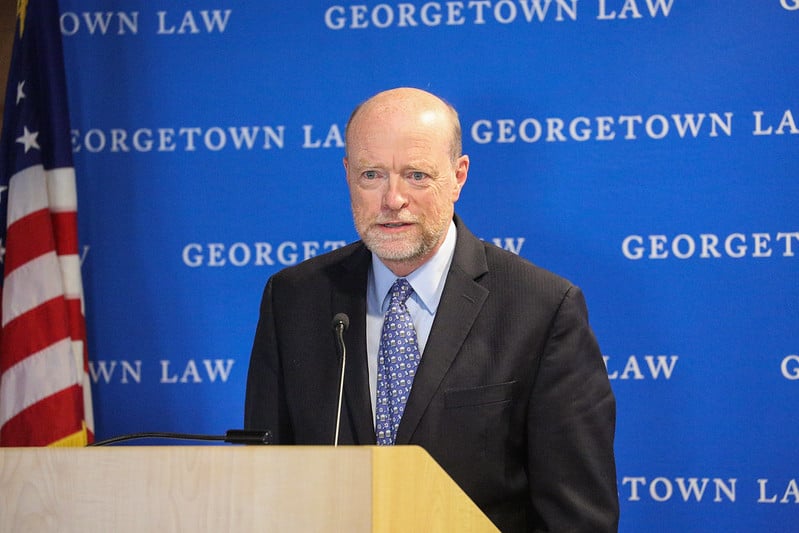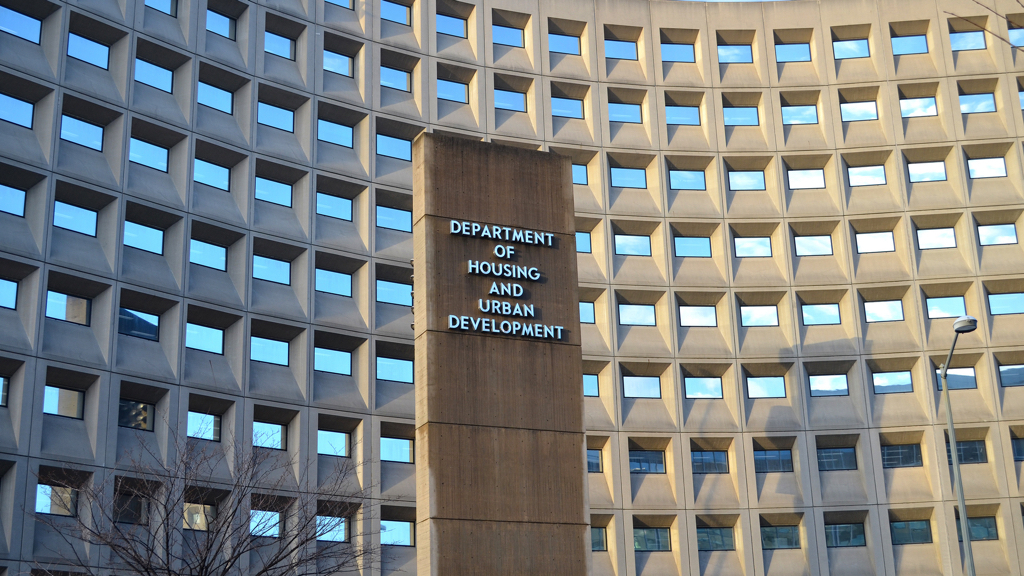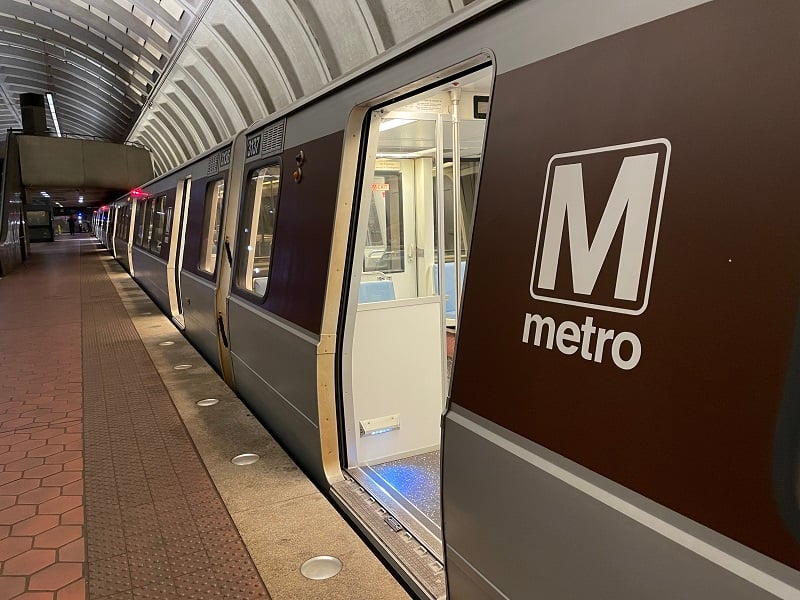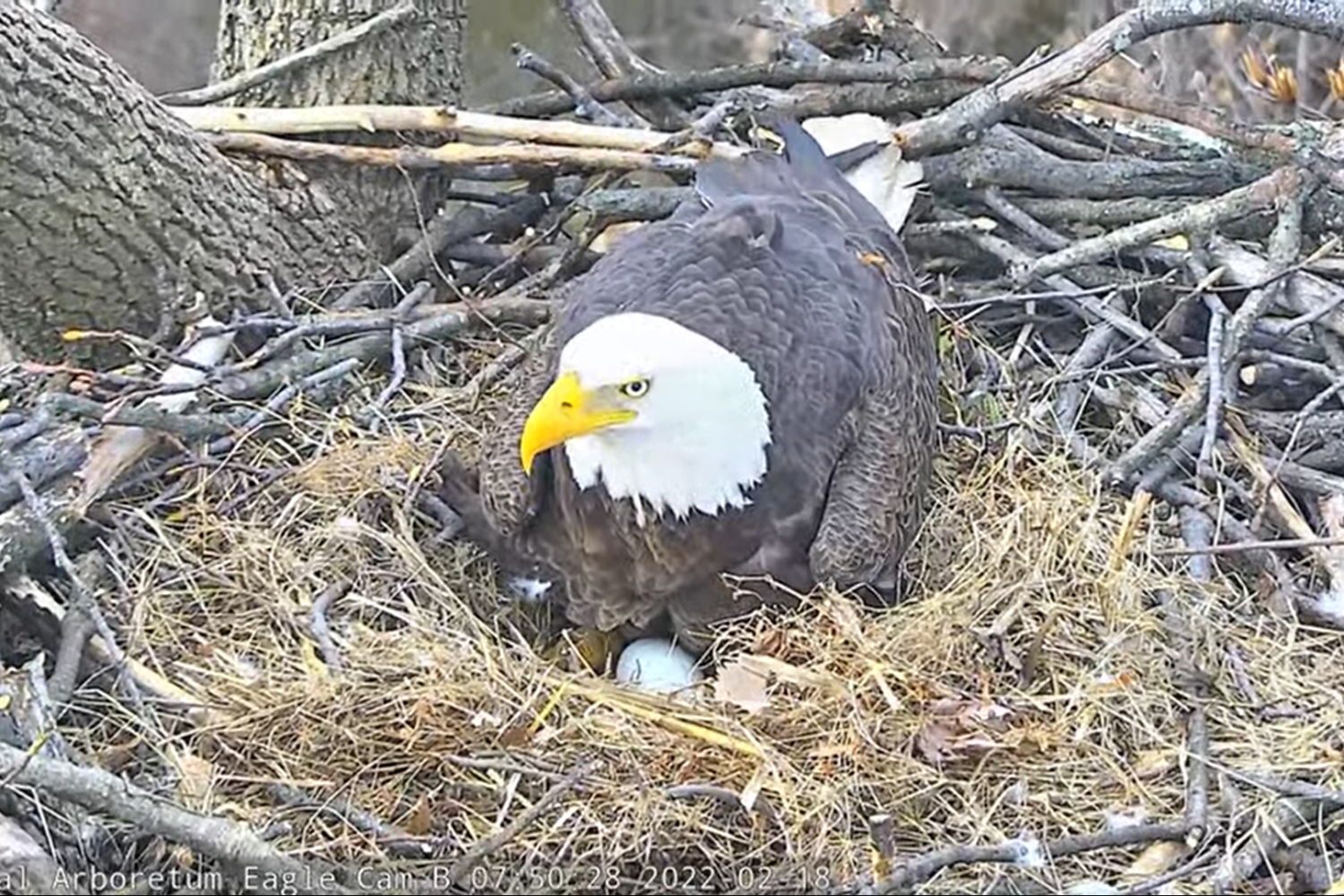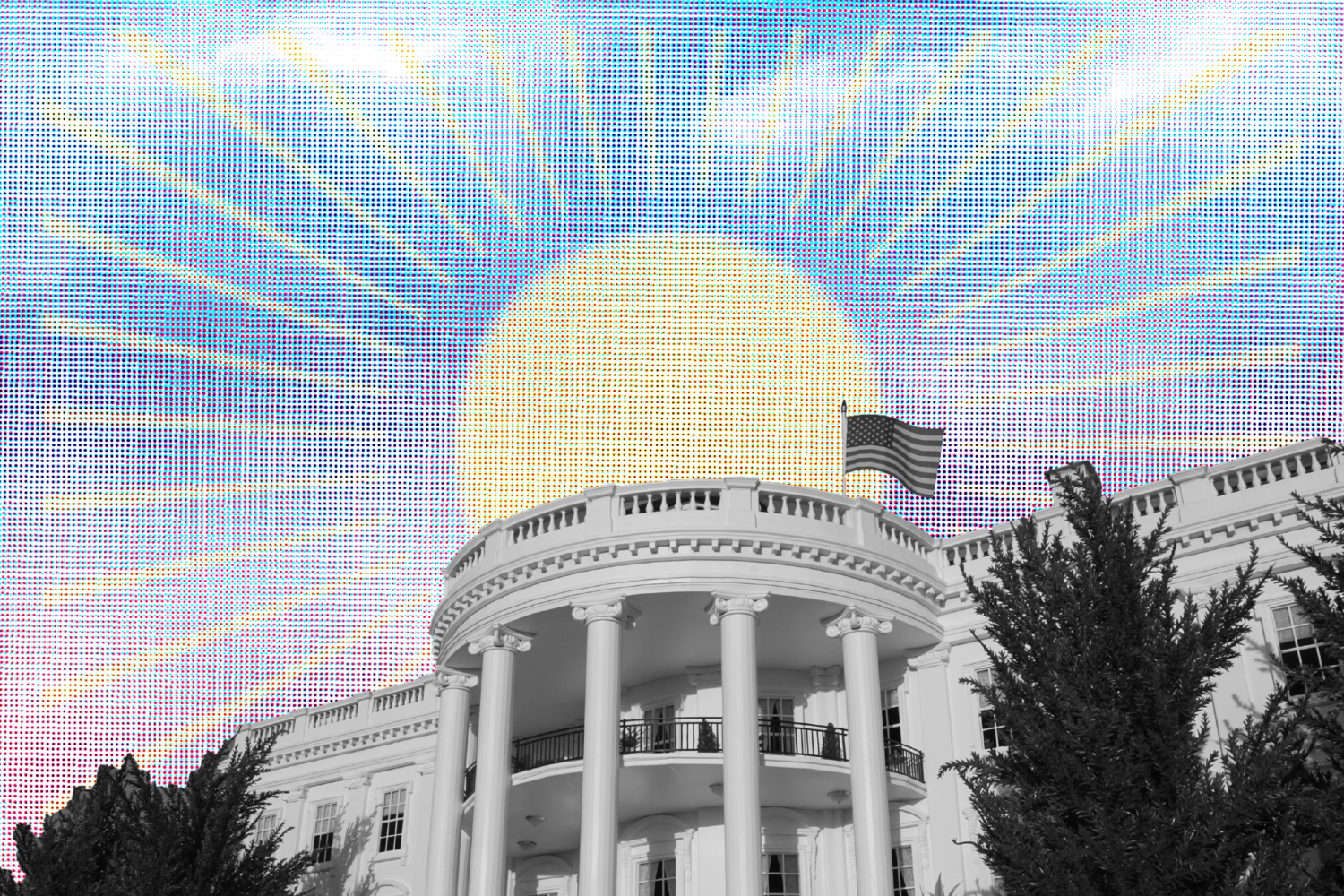The Department of Consumer and Regulatory Affairs has launched a new program through which local artists of color will transform vacant, blighted buildings into artwork.
“Vacant-to-Visual” currently focuses on eight vacant buildings in different neighborhoods across the city. It’s an effort to improve the health and safety of communities near vacant and sometimes dangerous buildings, as well as offer economic opportunity to local artists, DCRA director Ernest Chrappah said at a press conference Tuesday. The department, which uses a reporting process to identify vacant buildings, has confirmed over 2,200 vacant buildings since October 2020.
Any vacant building must eventually be put back into productive use, Chrappah said. Transforming properties into interactive art pieces improves how the buildings look and will hopefully accelerate the process of revitalization, he said. Vacant-to-Visual also allows local artists to extend the “shelf life” of their art and gives them an opportunity to showcase their work outside of confined gallery spaces, said Ian Callender, the executive director of the Arena Social Arts Club, one of the program’s partners. “The creative economy is always at the bottom tier of most funding mechanisms,” Callendar said. “This is a way where we can get local artists some revenue to attain and live in our city.”
The new program arrives in the wake of some controversy among local residents and government officials about vacant and blighted buildings in the District. When the DCRA identifies a building as blighted or vacant, property owners are charged at a higher tax rate as a way to incentivize them to keep the building in good use. However, in 2017, a DC auditor found that the DCRA had not been strictly regulating unoccupied buildings, which the audit found caused the city to lose at least $1 million in tax revenue that year. And last year, the Washington Post reported that only a small portion of DC vacant buildings were being taxed at the proper rate.
Chrappah said the program has received positive feedback from residents who live near the vacant properties. Laurenee Gauvin, an artist in residence at the Arena Social Arts Club and one of the participants in Vacant-to-Visual, said she feels like a whole neighborhood can view her work now. Local children have come to help her paint and people in cars can view her work as they pass by. “You spend more time looking at the art, and spend more time looking at the neighborhood while you’re at it, too,” she said at Tuesday’s press conference.

